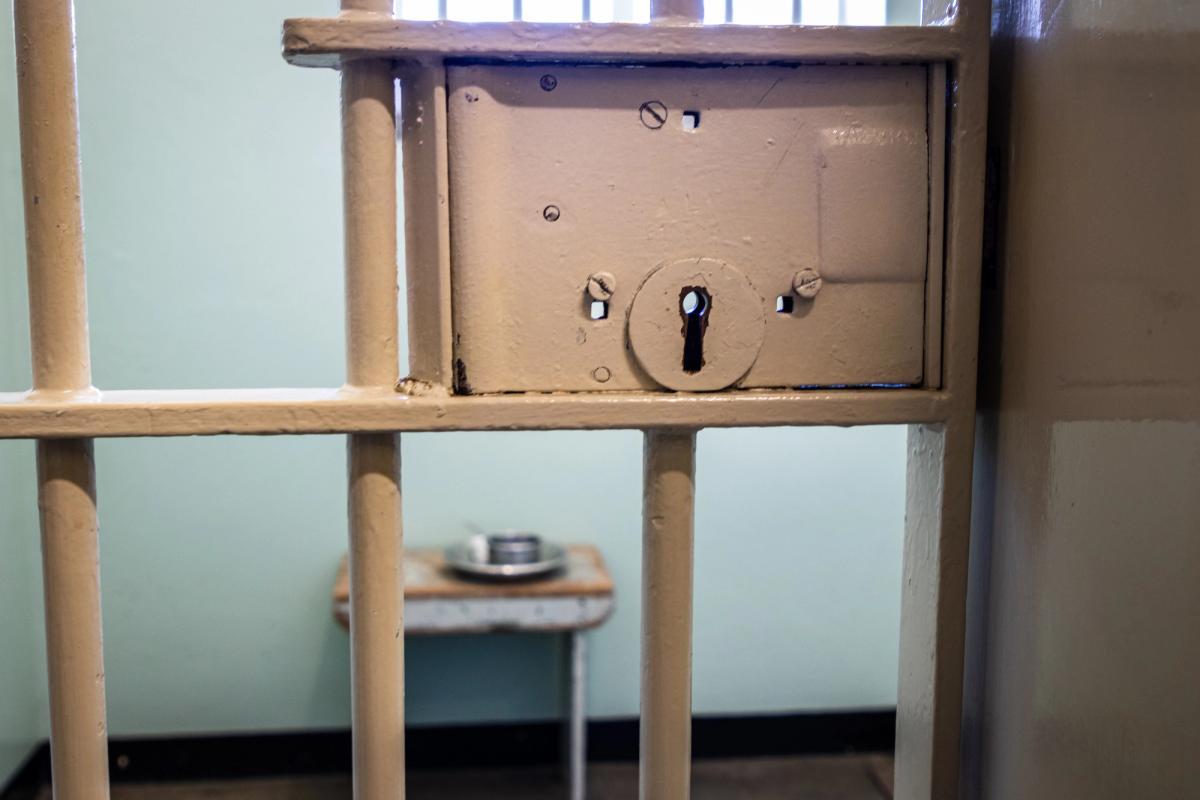What’s the biggest cliché in art? If not “good artists copy, great artists steal”, perhaps it’s the critic Robert Hughes’s quip: “Apart from drugs, art is the biggest unregulated market in the world.”
The nagging sense of lawlessness persists despite the industry’s periodic rebuttals. Consider the British Art Market Federation’s slightly comic 2015 document listing the 167 art-trade-specific laws and regulations then applicable in England and Wales. My guess is that number has only increased in the time since, most notably with the new regulatory framework for art market participants introduced by the European Union’s Fifth Anti-Money Laundering Directive.
It is true that art is not among the “financial instruments” covered by the UK’s market abuse regulations prohibiting insider dealing and market manipulation. Those rules aim to maintain the integrity of, protect the investors in and enhance the attractiveness of securities markets for capital raising—all essential in any dynamic economy. Not even those of us who live and breathe art and its markets would argue it is as systemically important as those capital markets.
However, it is still troubling that the public widely views the art market as a rigged game benefiting its insiders. That this perception deters many who otherwise could and would buy art is a shame if not a tragedy.
But is it illegal to manipulate prices upwards in public auctions to suit one’s own interests? To answer this, it is helpful to distinguish between at least two different kinds of conduct. In the first, individuals or dealers act alone to prop up the auction prices of works by artists in their collections or gallery programmes. Such behaviour is unlikely to be unlawful and is akin to doubling down on a “long” investment position in anticipation of an even greater future upside—provided, of course, that no one is bidding on works they themselves have consigned.
The second is neatly summarised by the following anecdote in Georgina Adam’s book Dark Side of the Boom: The Excesses of the Art Market in the 21st Century: “According to a London-based dealer working with emerging artists, investors would buy a young artist’s work in bulk for, say, $10,000 for ten works. One would then be consigned a year later to auction, bid up to and bought back for $100,000 by an interested party. The other nine works would then be offered around at a ‘discount’ of, say, $60,000 on the established auction price. Net profits could total some $500,000, after fees were taken into account.”
In a 2017 Financial Times article, Jan Dalley concluded such conduct is “not actually illegal”. Well, in the UK I wouldn’t be so sure. The Enterprise Act 2002 criminalises any “bid-rigging arrangement”, in which potential bidders agree that one or more of them will (or will not) bid in a certain way. The common law of fraud may also impose criminal liability on those conspiring to manipulate auction prices upwards, to then sell inventory at prices allegedly justified by their own artificially created price benchmarks. And all of the auction houses’ terms and conditions of business prohibit collusion by bidders.
Does much of this go on? It’s hard to say. Artists often approach me for guidance on deals offered by investment-minded insiders who have proposed building up a substantial “position” in their work by paying cash up front for dozens of works not even made yet. My advice tends to be, to misquote John F. Kennedy slightly, that if you choose to ride the back of the tiger, you had better be prepared to end up inside it.
Certain auction results also occasionally make me do a double take. They usually share several traits: whether young or otherwise new to the market, the artists have almost none of the verifiable institutional interest that has recently propelled their peers to record prices; the paintings are made in the last two or three years and acquired directly from the artist; the six-figure prices achieved are around ten times the low estimate; and the bidding is curiously immune to the economic headwinds that push many works by established artists to modest results in the same auctions.
Of course, I am not accusing anybody of wrongdoing—least of all the artists—and there is no accounting for the tastes of well-heeled bidders even in a down market, regardless of the calibre of the work. Still, the parallels are eerie, and the examples this autumn have been relatively conspicuous for those who care to look. Even for those who don’t, the old maxim “buyer beware” is never more important than when public auction results are used to justify retail prices.
- Jon Sharples is an IP and art lawyer at Howard Kennedy LLP.


